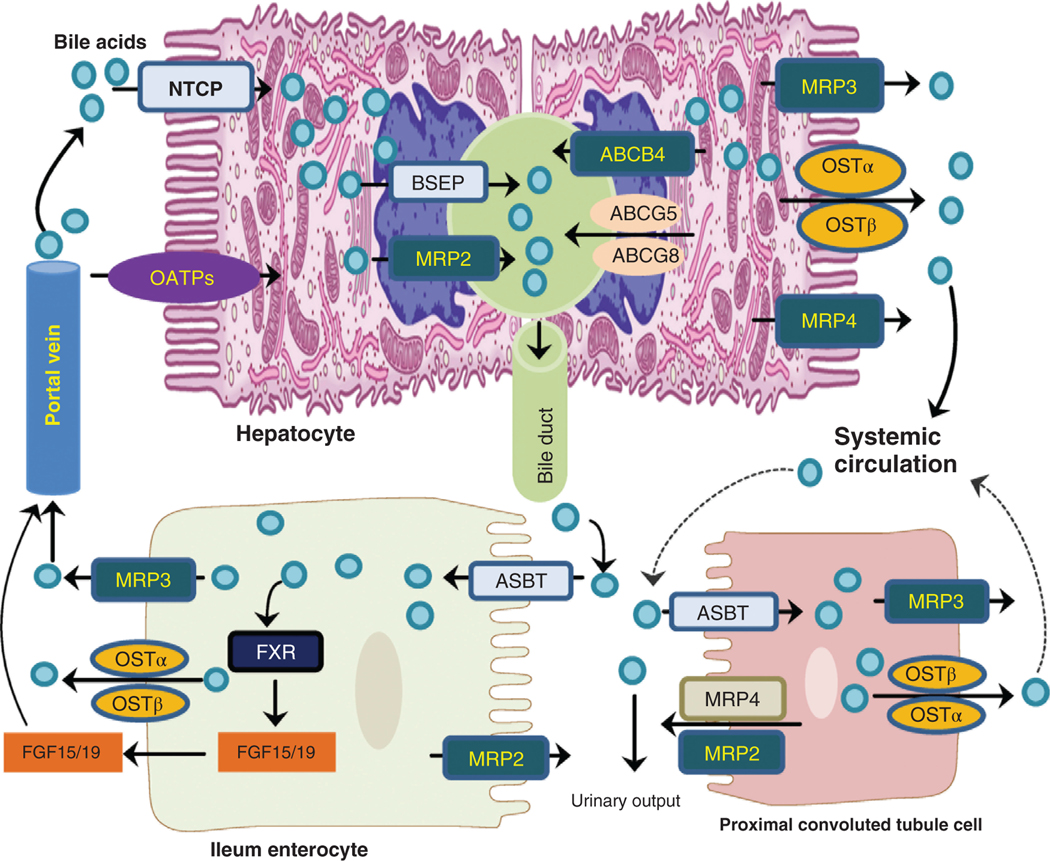Figure 1. Bile acid transporters in the liver hepatocyte, ileal enterocyte, and proximal convoluted tubule in the kidney.
Bile acids are actively transported from the hepatocytes by the bile salt export protein (BSEP) or multidrug resistance protein 2 (MPR2) into bile duct. After secretion into the intestine, they are efficiently recovered by leal enterocytes using the apical sodium-dependent bile acid transporter (ASBT) and into the portal vein via the heterodimeric organic solute transporter (OSTα/β) on the basolateral membrane. Bile acids may also undergo hepatic-renal cycling, especially during cholestasis. Bile acids secreted by the kidney are usually modified by the sulfation of hydroxyl groups. The multidrug resistance-associated proteins (MRP3 or ABCC3 and MRP4 or ABCC4) and OSTα-OSTβ on the basolateral membrane are involved in ATP-dependent bile acid export from hepatocytes to systemic circulation.

